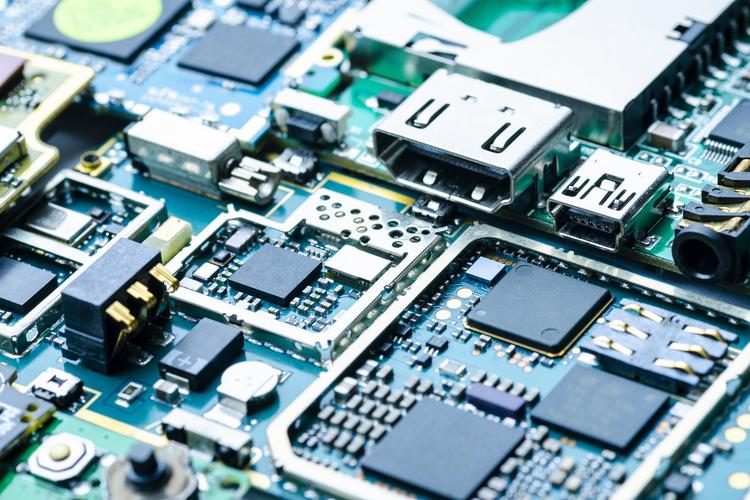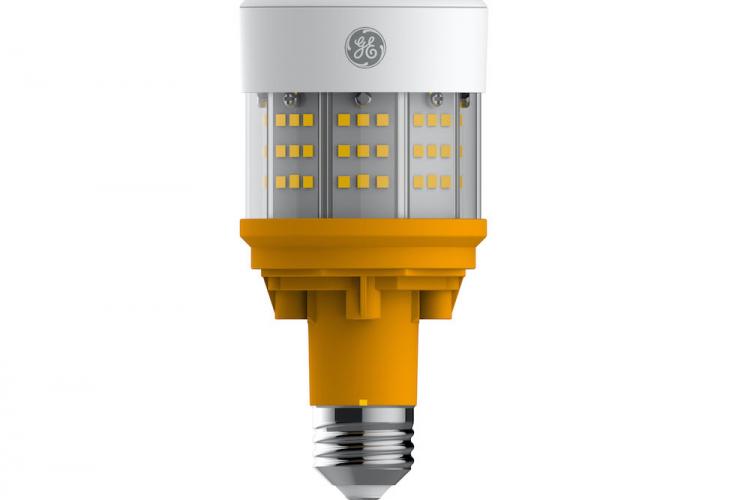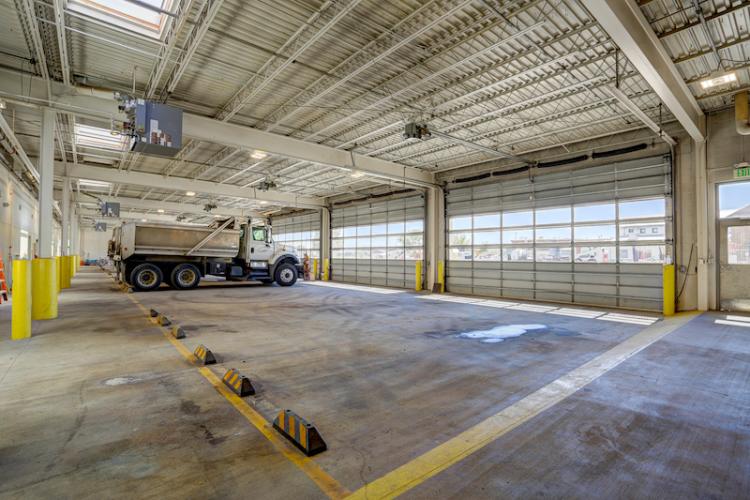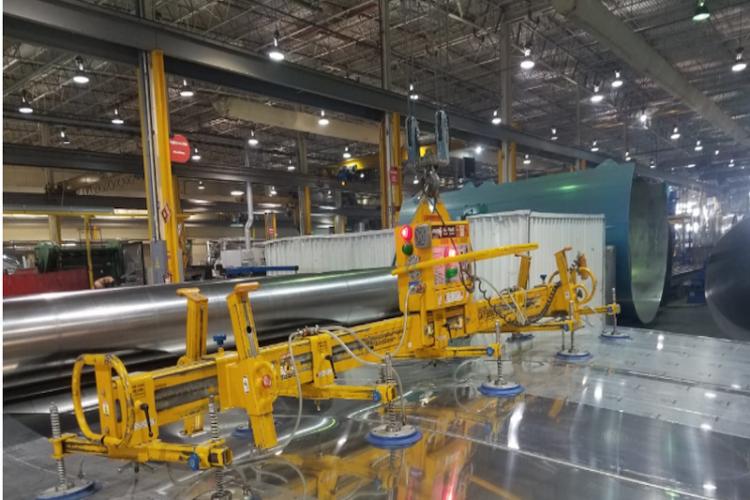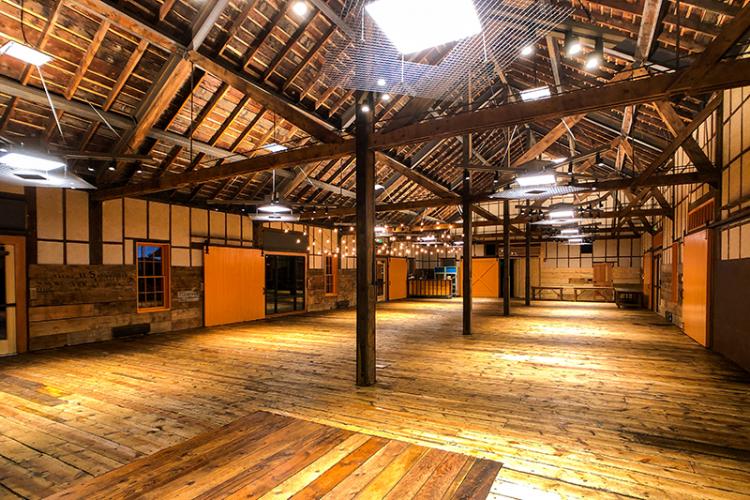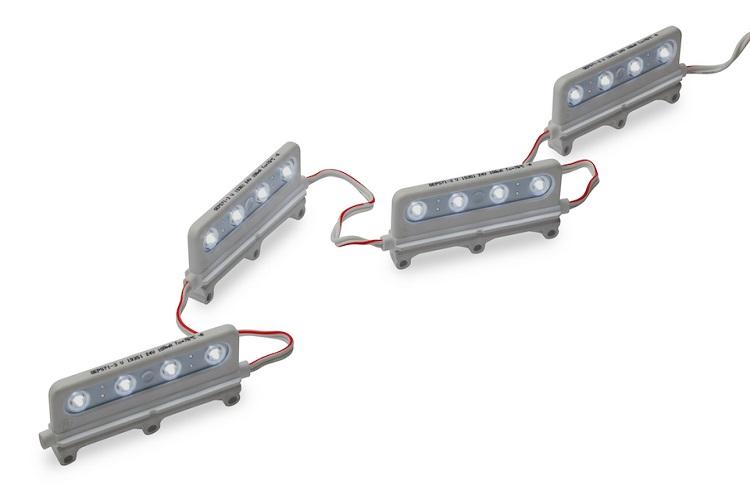Energy + Innovation Dictionary
Energy + Innovation Dictionary
Whether you’re a pro or just dipping your toes into the energy space, it can all be a bit confusing. As businesses like yours begin to grasp the importance of LED lighting and Energy Management Systems to the bottom line, it’s important to first understand the language of energy. Use this dictionary to familiarize yourself with important terms and phrases pertaining to Current and better energy use as a whole.
Ancillary Services
Services required by the U.S. Federal Energy Regulatory Commission to support the transmission of electric power from seller to purchaser. These services promote reliability and stability, and include frequency control, spinning and operating reserves, fast-ramping, and black start capabilities.
Behind the Meter
The portion of a power distribution system that relates to the energy being consumed; refers to anything connected to a customer location. The phrase is commonly used by utility companies, as they have no knowledge of what’s using energy in a home or business, aka “behind the meter.”
Circuit Breaker
An automatic switch that prevents an electrical circuit from overload; circuit breakers range in size, from small devices that protect households to large switchgears that protect electrical power systems.
CoGeneration (CoGen)
A process in which a power plant or industrial facility uses its waste energy to produce heat or generate electricity.
Current
A digital power service built to transform the way we use energy.
Demand
The amount of electricity being drawn from a utility system at a given time, typically measured in kilowatts (kW). Fluctuates over 24-hour cycles and geographically.
Demand Charge
A fee based on peak electricity usage during a given billing cycle.
Distributed Energy Resources (DER)
Power generation and storage assets connected to the grid that can be combined to meet overall energy demand.
Distribution Utility
A body responsible for delivering electricity to retail customers’ homes or businesses through low-voltage distribution lines.
Ecosystem
A network of various industry participants. Customers often need to seek solutions from multiple vendors to create complete systems that solve their problems, and this may be contracted via one partner who integrates the various pieces of the ecosystem. Ecosystems also have been used to build competitive advantages in the industry. At Current, we’re working with a number of partners to fuel our Intelligent Environment solutions.
Edge Computing
Any computation done locally (on a node, Intelligent LED, access point, etc.) that extracts data of interest, such as sensor data, which then gets sent to the cloud. Edge computing helps reduce data transmission costs and enables advanced analytics.
Electric Meter
A device that measures the amount of electric energy consumed by a residence, allowing consumers to monitor their energy consumption.
Energy as a Service
Programs and solutions that enable commercial and industrial customers to optimize energy use to unlock cost savings; can include physical assets like sensors and on-site energy storage options, as well as data analysis and consultation—all of which are offered by Current.
Energy Intensity
The energy used by a building, measured in kWh per square foot (kWh/ft2) per year.
Greenhouse Gases
Gases in the Earth’s atmosphere that allow direct sunlight (or short-wave energy) to reach the Earth’s surface unimpeded; as this energy heats the surface, longer wave energy—heat— is reradiated back into the atmosphere. Greenhouse gases then absorb this energy, effectively “trapping” it, creating a “greenhouse” effect. Natural greenhouse gases include carbon dioxide (CO2), methane, water vapor and nitrous oxide; among other activities, increased levels of atmospheric CO2 occur by burning fossil fuels, transferring carbon from solid storage to its gaseous state.
Independent Power Producer (IPP)
A facility, business or cooperative that owns facilities (such as solar PV panels) to generate electric power for its own use, for sale to utilities or consumers, or for feeding excess energy back to the grid.
Independent System Operator (ISO)
A neutral body responsible for administrating the operation and use of an electricity transmission system. ISOs are the final authority over the distribution of electricity from generators to customers.
Industrial Internet
A global network of intelligent machines that connect, communicate and cooperate with each other and people.
Inverter
A device that converts direct current (DC) power—provided by the source (grid, solar panels, batteries)—into alternating current (AC) power, usable by businesses and residences.
Jenbacher
A Current engine that provides a power range of 250 kW to 10MW, with fuel flexibility to run on natural gas or a number of other gases.
LED (Light-Emitting Diode)
A semiconductor device that emits visible light when an electric current passes through it. LED lighting is more energy efficient and maintains longer lifetimes than most existing forms of lighting.
Load
The portion of a circuit or power grid that consumes electrical power; the opposite of a power source, such as a battery, which produces that power.
Net Metering
A billing mechanism that credits solar energy system owners for any excess electricity they supply back to the grid.
Off-Grid Solar
Arrangements that allow for solar energy storage in battery systems, and operate entirely independently from the larger power grid; this power can be used in the event of an outage or grid failure.
On-Site Power
Renewable energy (such as solar or wind power) that is produced on-site, powering a facility while reducing reliance on fossil fuels and minimizing emissions.
OpenStack
An open source computing platform comprised of multiple, interoperable software components, for creating cost-effective, high-performance private or public clouds.
Open Source
Open source refers to a computer program in which the source code is available to the general public for use and/or modification from its original design. Open source code is typically created as a collaborative effort in which programmers improve code and share changes. Open source software may be free and non-free (shared source).
Peaker Plant
Power plants that operate only when demand for power is excessively high, or at “peak demand.” Power from peakier plants is typically supplied at a much higher price per kWh.
Power Purchase Agreement (PPA)
A contract between a party that generates electricity (the seller) and one that purchases electricity (the buyer).
Public Utility Commission (PUC)
A government organization responsible for approving electricity rate structures for utility companies throughout that state.
Renewable Energy
Energy collected from resources that are naturally replenished, including sunlight, wind, rain, tides, waves and geothermal heat.
Software as a Service (SaaS)
Using a provider’s applications and running on a cloud infrastructure that is accessible from various client devices (computer, tablet, smartphone, etc.) through a Web browser. The consumer does not manage or control the underlying cloud infrastructure, with the possible exception of limited user-specific application configuration settings. Upgrades typically are easier to do, since new features added instantly apply to all customers. Examples are Salesforce, Workday, SuccessFactors and Marketo.
Solar Photovoltaic (PV)
Systems that generate power from the sun’s rays and provide that power to offset grid power when the sun is shining. Many systems will send excess generated power back to the grid for later use.
Time-of-Use (TOU) Rates
The price of delivered energy based on the estimated cost of electricity during a particular block of time; generally divided into three or four blocks per 24-hour period (on-peak; mid-peak; off-peak and sometimes super off-peak). Can vary seasonally.
Transformer
A device that transfers electrical energy between two or more circuits. Used to increase or decrease the alternating voltages in electric power applications, it is an essential component of electric transmission and distribution.
Transmission Grid
An expansive, high-voltage network for bulk power transmission. Carries electrical power from generating power plants to electrical substations.
Joule (J)
A measure of energy equaling the work required to produce 1 watt of power for one second.
1J = 1W*1s
Watt (W)
The energy consumption rate of 1 joule per second. Commonly used to express the rate of energy transfer with respect to time.
1W = 1J/1s
Kilowatt (kW)
Equal to 1,000 watts; the energy consumption rate of 1,000 joules per second.
1kW = 1000W
Kilowatt Hour (kWh)
A unit of energy measurement equivalent to 1 kilowatt of power sustained for one hour; electrical energy is sold by utilities in kWh. The average annual electricity consumption for a U.S. residential utility customer is 10,932 kWh, or 911 kWh per month.
Megawatt (MW)
Equal to 1 million watts; typically used to measure large-scale energy. A large commercial building may use several MW in electric power and heat.
Gigawatt (GW)
Equal to 1 billion watts, or 1,000 megawatts. Often used in relation to large power plants or entire power grids. For instance, as of 2015, the U.S. had the solar total installed capacity of 27.4 GW— enough to power roughly 5.4 million American homes.
Ampere (Amp)
Measures flow rate of an electrical charge, used as the standard base unit of measurement of electrical current. The current draw by typical energy distribution systems is usually dictated by the number of watts consumed by the system and the operating voltage.
Volt
A unit of measurement for the electric potential or electric potential difference between two points per an electric charge. Commonly used to indicate battery power; a battery is a source of voltage in an electrical current.
BTU
Most commonly used to measure power in heating and air conditioning systems, a BTU is equal to 1055 joules, or the amount of work needed to raise or lower the temperature of 1 pound of water by 1 degree Fahrenheit.
Explore what's possible with smart LED, solar and other technologies for retail, commercial offices and cities with Current.


